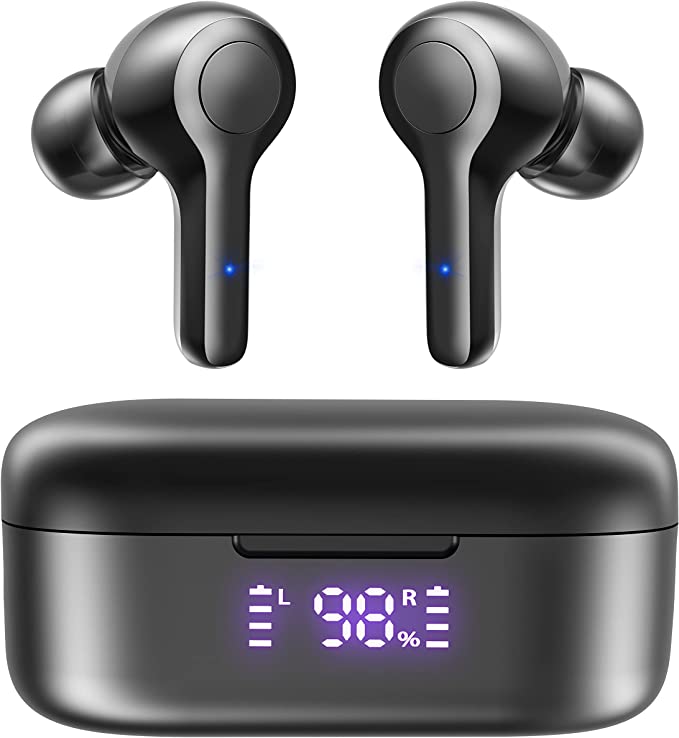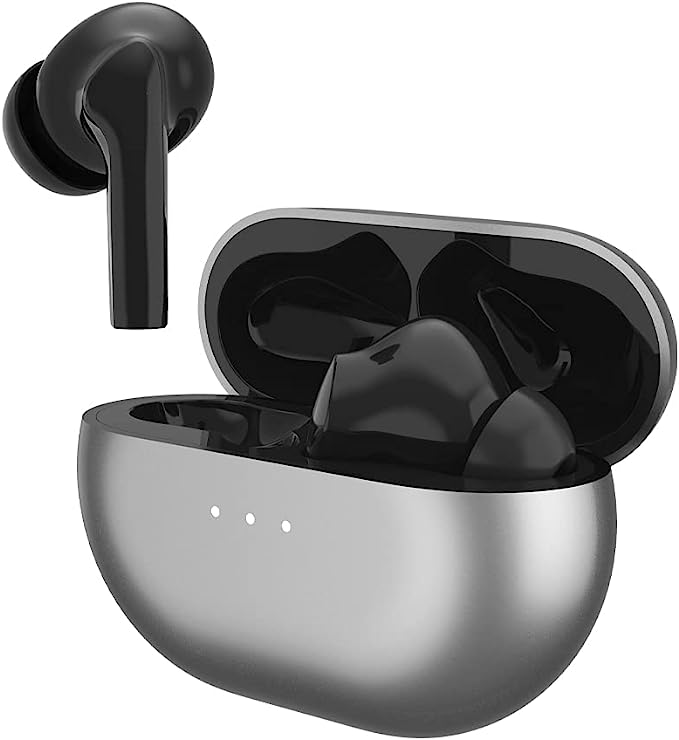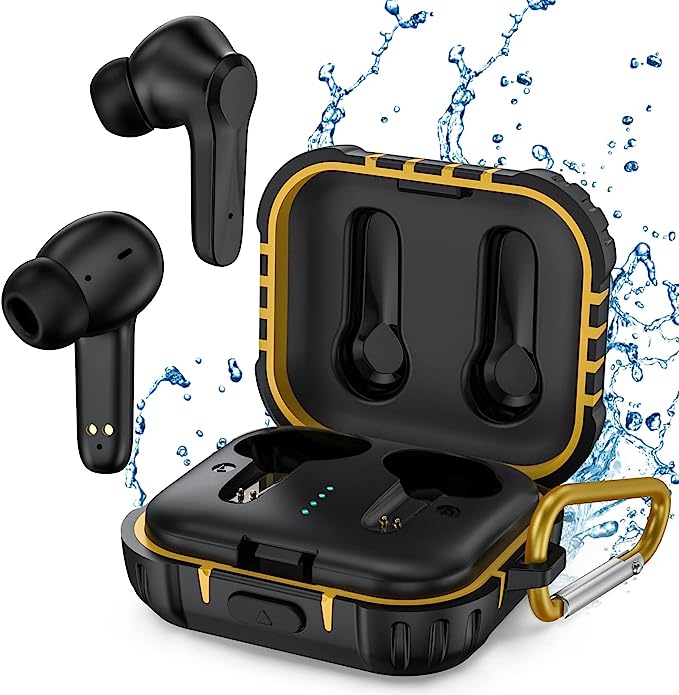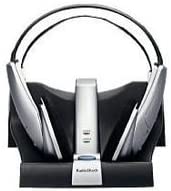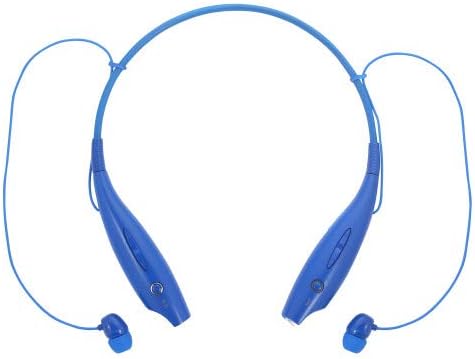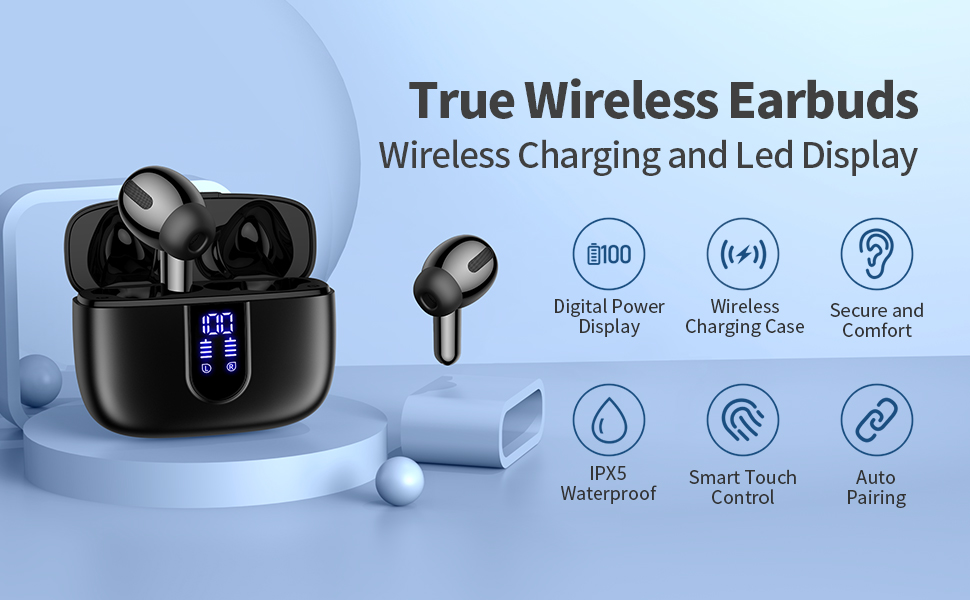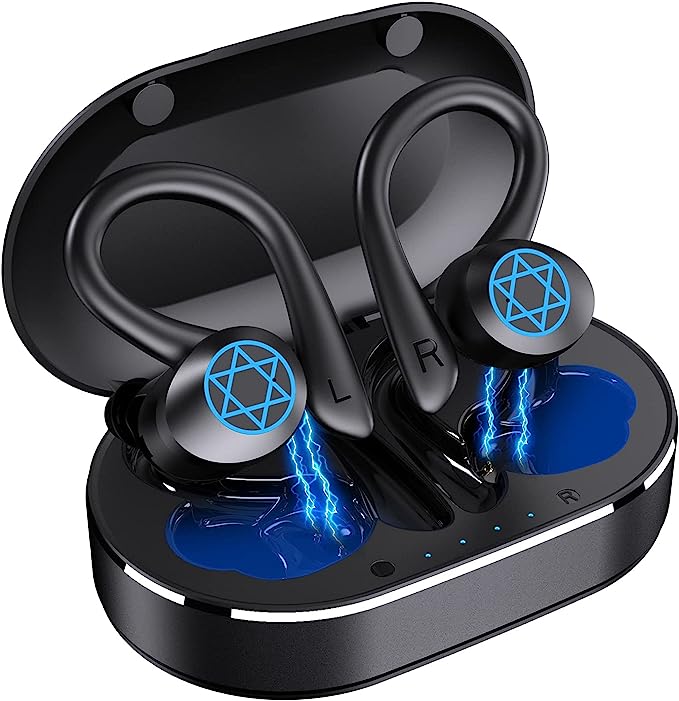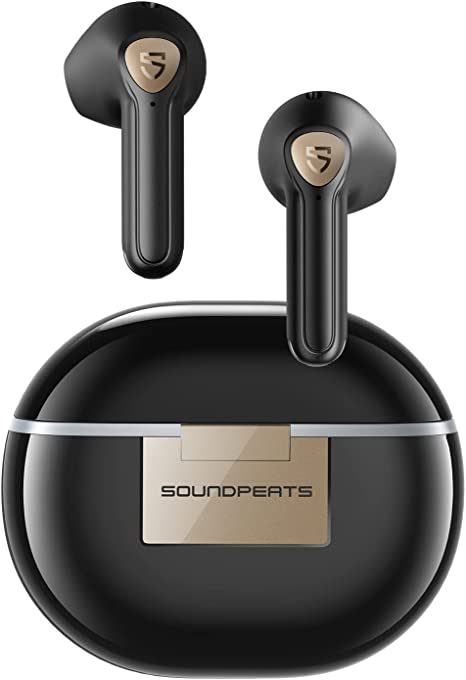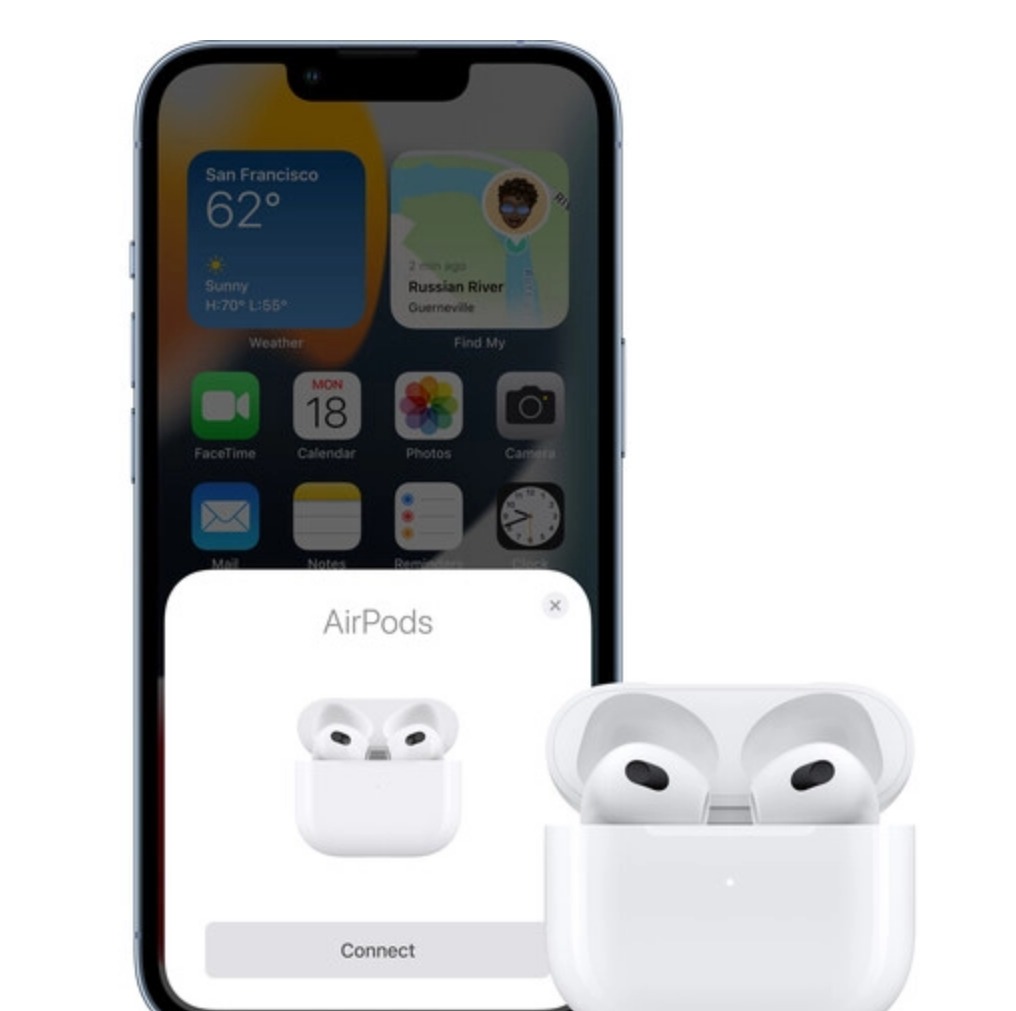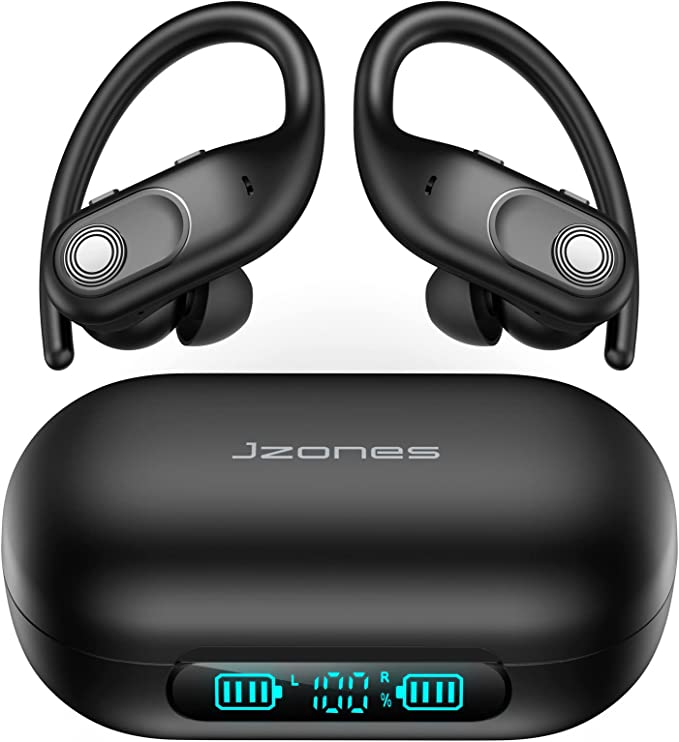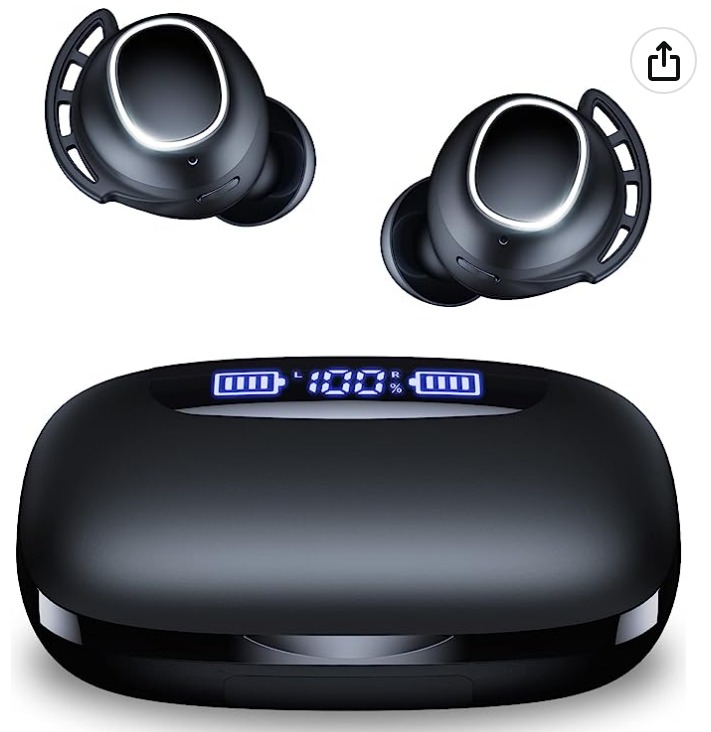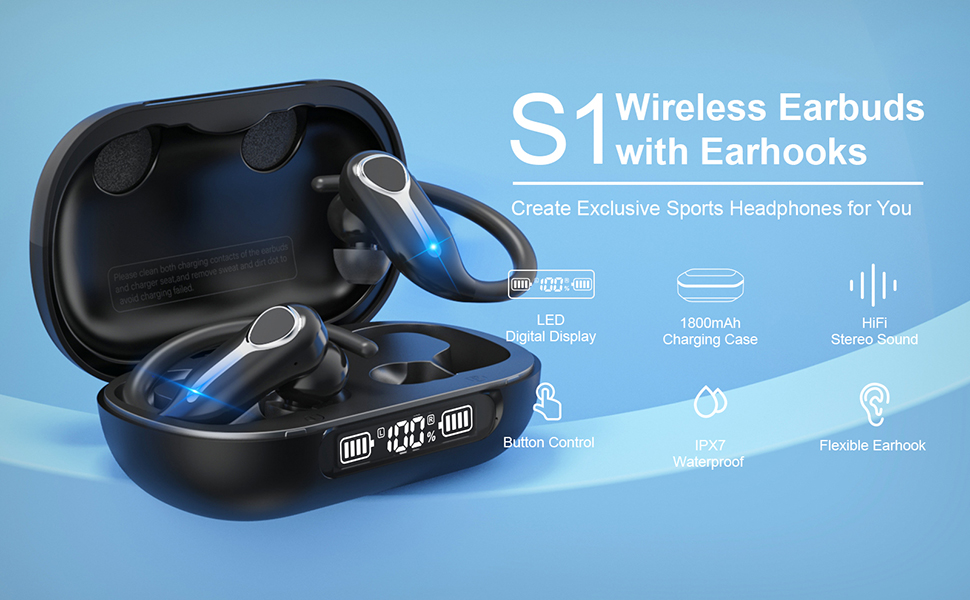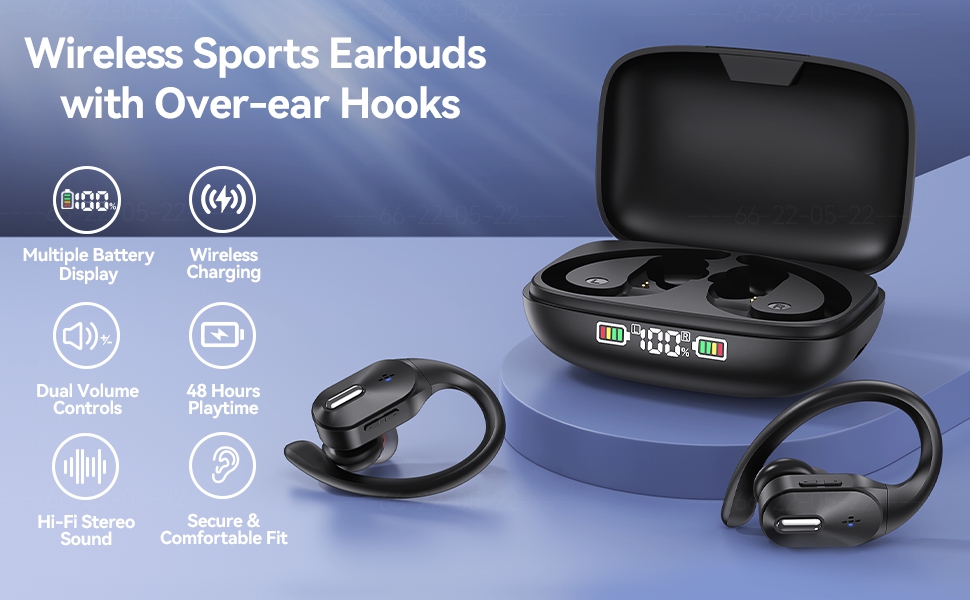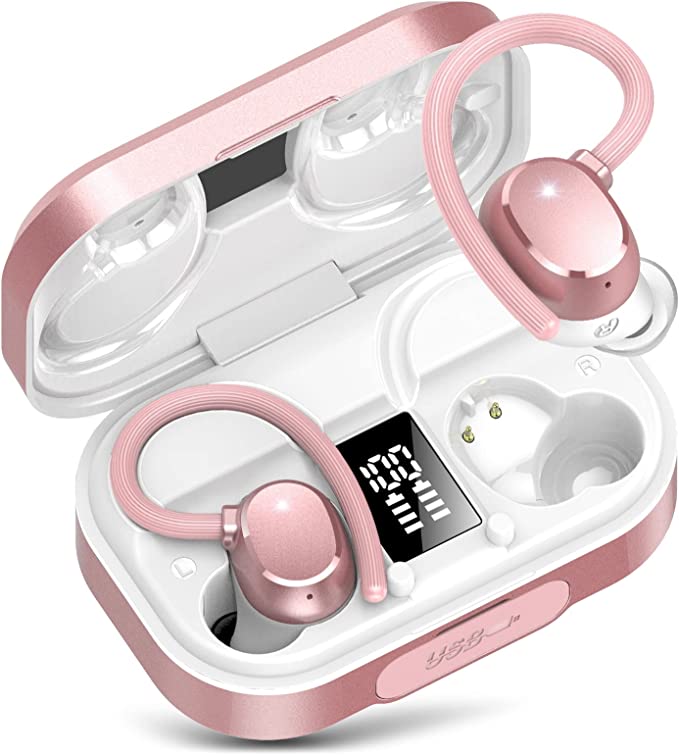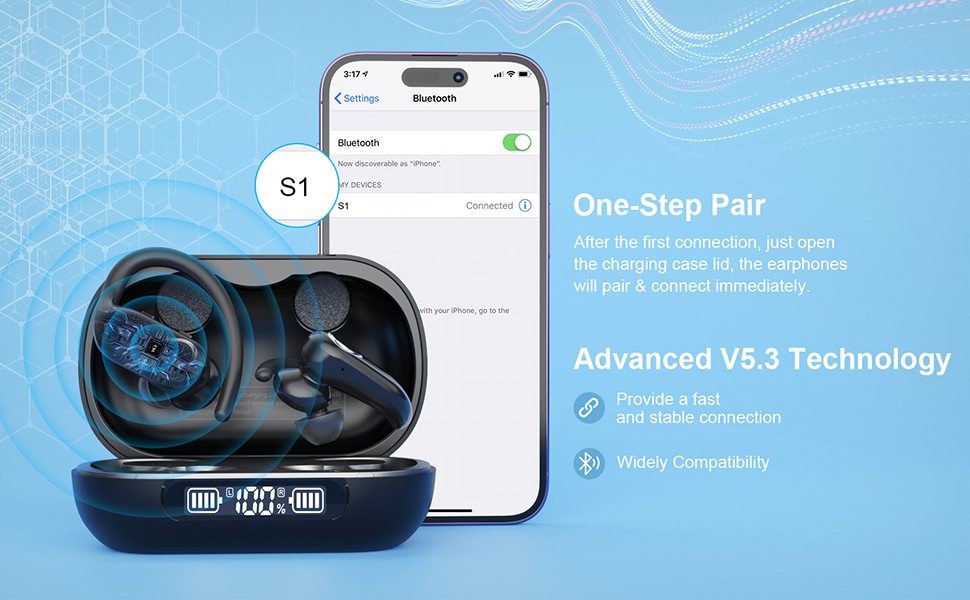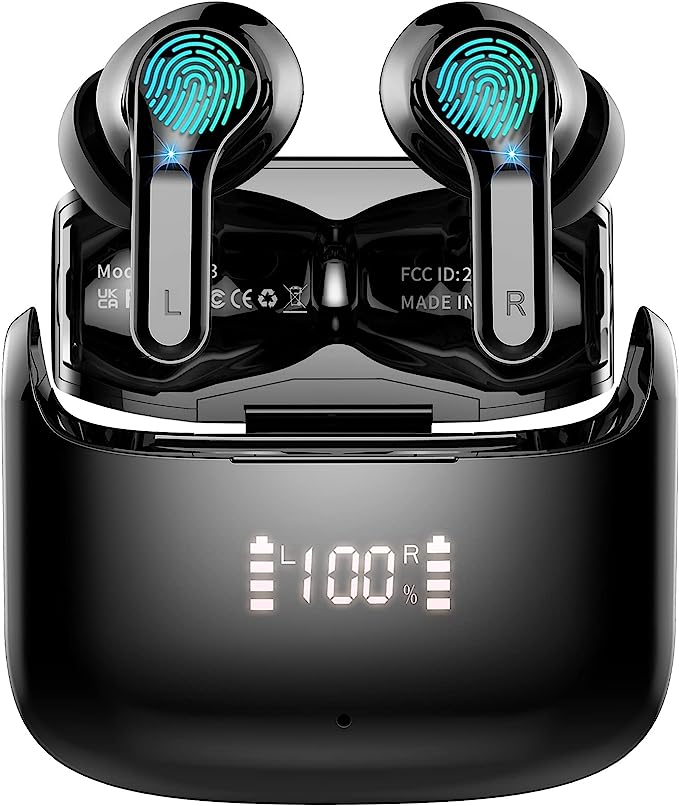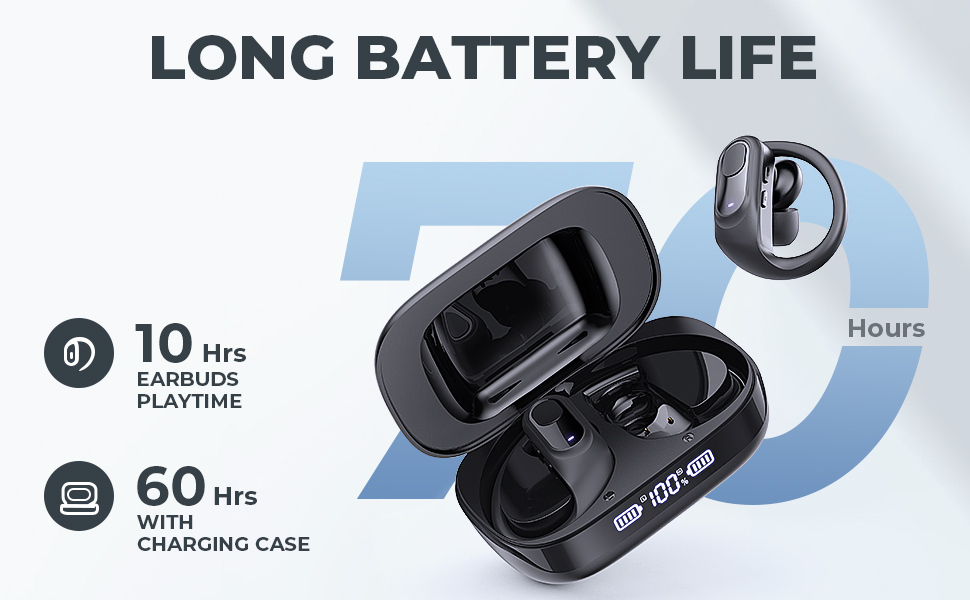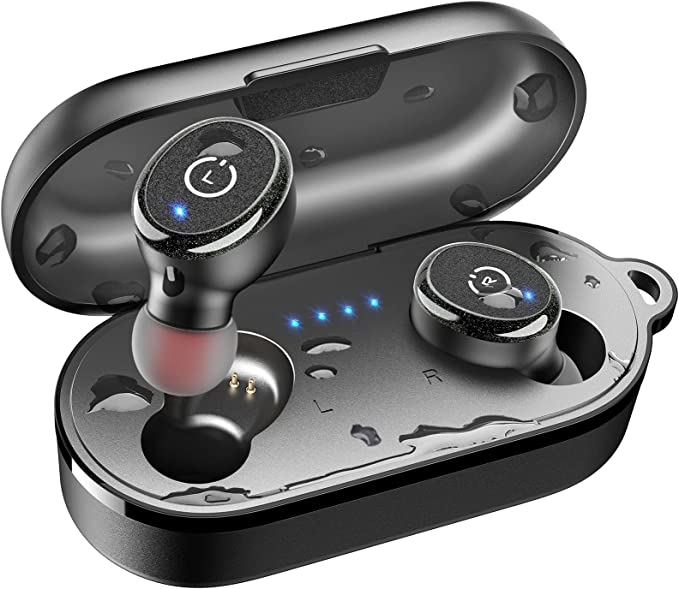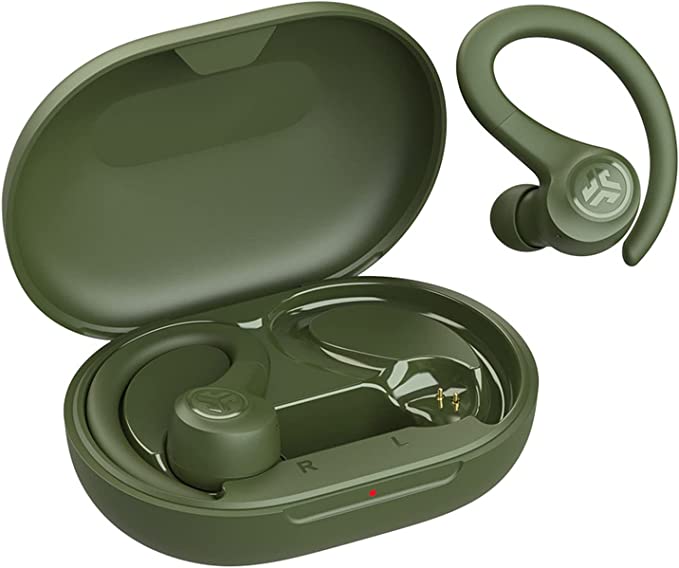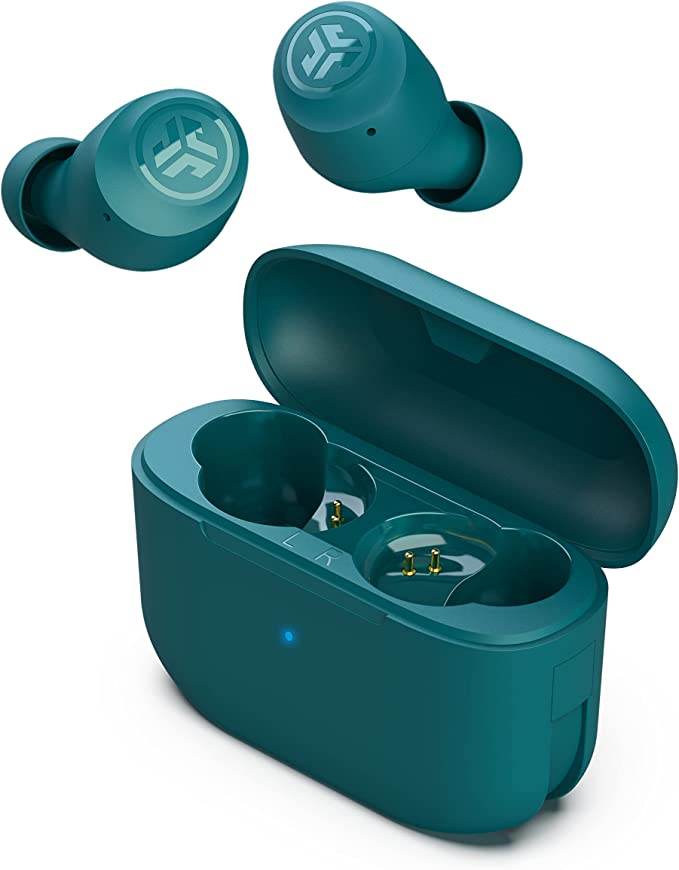Luxe Pods Wireless Earbuds: Budget-Friendly Wireless Earbuds for Everyday Use
Update on June 28, 2025, 11:15 a.m.
In the vast, cacophonous marketplace of consumer electronics, some products whisper promises of premium features for a pittance. And then, some scream. The LUXE PODS Wireless Earbuds are of the screaming variety. Listed at a jaw-dropping $10.95, they boast a suite of features that seem to defy economic gravity: “True Wireless,” “Bluetooth 5.0,” and the most audacious claim of all, “Noise Cancelling.”
This isn’t just a low price; it’s a paradox. It’s a price that prompts a single, fundamental question from anyone who has ever shopped for electronics: What’s the catch? To answer this, a simple review won’t suffice. This calls for an investigation. So, let’s put on our tech detective hats, dust for fingerprints on the product page, and use science and data as our magnifying glass to unravel the case of the ten-dollar miracle.

The First Clue: The Anatomy of “Silence”
Our investigation begins with the most suspicious claim: “Noise Cancelling.” In the world of audio, this term is a protected species, typically referring to Active Noise Cancellation (ANC). ANC is an elegant piece of physics in action. It’s an electronic counter-offensive, where tiny microphones on the outside of the earbud capture incoming ambient sound. A specialized chip then generates an exact opposite sound wave—an “anti-noise”—and plays it into your ear. When the original noise wave and the anti-noise wave meet, they neutralize each other in an act of destructive interference, creating a bubble of perceived silence. It’s complex, power-hungry, and expensive.
Could a $10.95 product possibly contain this technology? Let’s turn to our witnesses: the 137 users who left a rating. The evidence is telling. For the specific feature of “Noise cancellation,” the Luxe Pods score a lackluster 3.3 out of 5 stars. Yet, for “Comfort,” they receive a stellar 4.8 out of 5.
Herein lies the solution to our first mystery. The “noise cancelling” isn’t active; it’s passive. It’s the same principle as putting your fingers in your ears. By providing four different sizes of silicone ear tips, the manufacturer has focused on achieving a snug, airtight seal in the user’s ear canal. This physical barrier, or “Passive Noise Isolation,” is highly effective at blocking out sound, and its quality is directly related to fit and comfort. The Luxe Pods don’t cancel noise with sophisticated electronics; they block it with a good, old-fashioned physical seal. The high comfort score isn’t a coincidence; it’s the very mechanism behind the (misleadingly named) feature.

The Second Clue: The Powerhouse Alibi
Next, we examine the claim of a “120-hour” battery life. This seems impossible for tiny earbuds, but the alibi is sitting in plain sight: a formidable 4000mAh charging case. To put that number in perspective, a standard iPhone 15 battery hovers around 3,349mAh. This means the Luxe Pods’ case doesn’t just recharge the earbuds; it’s a fully-fledged portable power bank capable of resurrecting a dead smartphone.
The “120 hours” is, therefore, a cumulative figure. The earbuds themselves may last a standard 4-5 hours, but the case holds enough power to refuel them over and over again. This feature is so potent that it arguably changes the product’s entire identity. Is this a pair of earbuds with a big case, or a power bank with a pair of earbuds thrown in as a bonus?
Yet, as we dust the case for more evidence, we find a telling fingerprint of its budget origins: a Micro USB charging port. In the current era of the universal, reversible USB-C standard, Micro USB is a technological fossil. Its inclusion is a deliberate choice, leveraging a cheaper, older, and patent-free component to shave every possible cent off the manufacturing cost. The powerhouse alibi holds up, but it’s powered by yesterday’s technology.

The Twist: The Tale of Two Fates
The most compelling part of any investigation is when the witness testimonies contradict each other. And here, the story takes a dramatic turn. A look at the Amazon rating distribution reveals a community sharply divided. A massive 42% of users grant the Luxe Pods a perfect 5-star rating, while a significant 21% condemn them with a 1-star review.
This polarized, U-shaped distribution is the statistical signature of one thing: inconsistent Quality Control (QC). In a high-quality manufacturing line, nearly all products perform identically, leading to a bell-curve of reviews centered around 4 or 5 stars. A U-shaped curve means you’re essentially buying a lottery ticket.
Let’s hear from the winners. “Best earbuds I have found in this price range! Highly recommend!!” writes one 5-star reviewer. Another praises, “The sound quality is top notch, the bass is probably the best part.” For these buyers, the gamble paid off.
But for every winner, there is a loser. “They actually sounded good but they didn’t last,” reports one user. Another states, “Only one ear bud worked consistently.” One of the most revealing pieces of evidence comes from a review mentioning the instruction manual, which allegedly uses text-speak like “ur” instead of “your.” It’s a tiny detail, but it speaks volumes about a production process where every conceivable corner has been cut. This isn’t just a product; it’s a game of chance.

The Final Judgement: Your Ten-Dollar Gamble
The case of the Luxe Pods is closed. They are not a scam, but they are a masterclass in misdirection and engineering compromise. They are not “Noise Cancelling” in the way an electronics enthusiast would understand the term. Their phenomenal battery life comes from a case so large it becomes a secondary product. And their performance is subject to the whims of the Quality Control Lottery.
So, what is the final verdict? The LUXE PODS Wireless Earbuds are not truly a pair of earbuds in the traditional sense. They are a $10.95 power bank, bundled with a pair of very basic, high-risk wireless earbuds.
If you approach this purchase with that understanding—that you are primarily buying a cheap portable charger, and the audio component is a bonus feature with a roughly one-in-five chance of being defective out of the box—then perhaps it’s a gamble worth taking. For anyone seeking a reliable, consistent audio experience, however, this is a crime scene best avoided. The ten-dollar paradox is solved: you get exactly what you pay for, which, in this case, is a chance at a bargain and a lesson in reading the fine print.
